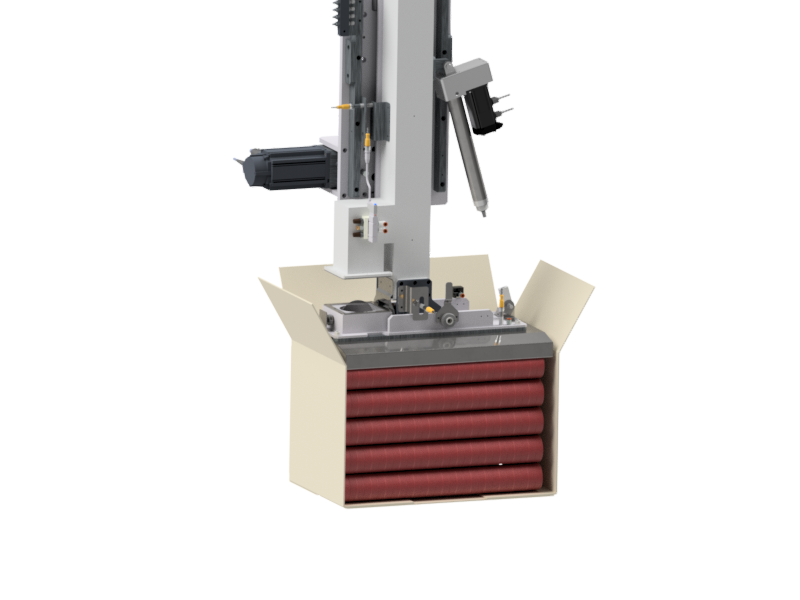While the terms closure “packing” and “stacking” are sometimes used interchangeably in daily vernacular, they are two distinctly separate operations in the manufacturing industry. Stacking refers to the placement or arrangement of individual items in a pile, while packing is the process of preparing the stacks for container shipment.
Affecting many aspects of a product line, the way in which closures are packed and stacked for shipping have a direct effect on business growth, revenue, and operating costs; as such, these operations continue to be a top priority in the closure industry.
Types of Packing and Stacking Systems
Products can be arranged in several different configurations. However, layer packing and log packing are the two most common types of packing/stacking methods used in closure industries today.
- Layer Packing – The layer packing method is suitable for closure products that cannot be organized in a horizontal or vertical nested stack. This packing process involves arranging items in a single, flat layer before transfer to a box, carton, or pallet for subsequent shipping. The layer packing technique results in the creation of symmetrical grids, which can be stacked vertically in a repeated fashion with the option of placing dividers between each layer.
- Log Packing – Log packing is ideal for applications in which packaging space is at a premium. This method involves collating closure products to be stacked in a horizontal or vertical row or column. The stacked items, also called logs, are then arranged and packed into a box or carton for shipment. Log packing works especially well for symmetrically shaped closures, specifically those with nesting features.
Benefits of Automated Packing and Stacking Systems
One of the most significant benefits of packing and stacking systems is their ability to reduce overall operating costs. Because automated systems pack closures in a way that minimizes air voids, they maximize how many items can fit within a single package, therefore reducing the number of containers required and lowering shipping costs.
Another benefit of automated packing systems is the costs savings associated with the reduction in manual labor. These systems can be programmed to operate with little to no human interaction. Furthermore, depending on the closure size, shape, and packing configuration, the automated systems can achieve packing speeds of up to 1500 caps per minute. By contrast, it would take multiple employees to achieve similar packing efficiencies.
Automated Systems from CapTech Automation
Specially designed to optimize packing operations for various types of closures, CapTech Automation packing systems are proven to increase packing efficiency by as much as 15% per carton. In fact, our automated packers pay for themselves in as little as three years based on the savings from reduced shipping costs alone.
At CapTech Automation, we offer the broadest range of closure packing solutions on the market. Our carefully engineered systems can layer pack, log pack, and bulk feed packaging in cartons, gaylords, or any other shipping container. CapTech’s systems are also fully automated, programmable, and specifically designed to save our customers time and money.
To learn more about our automated closure packing systems, contact our team today.


